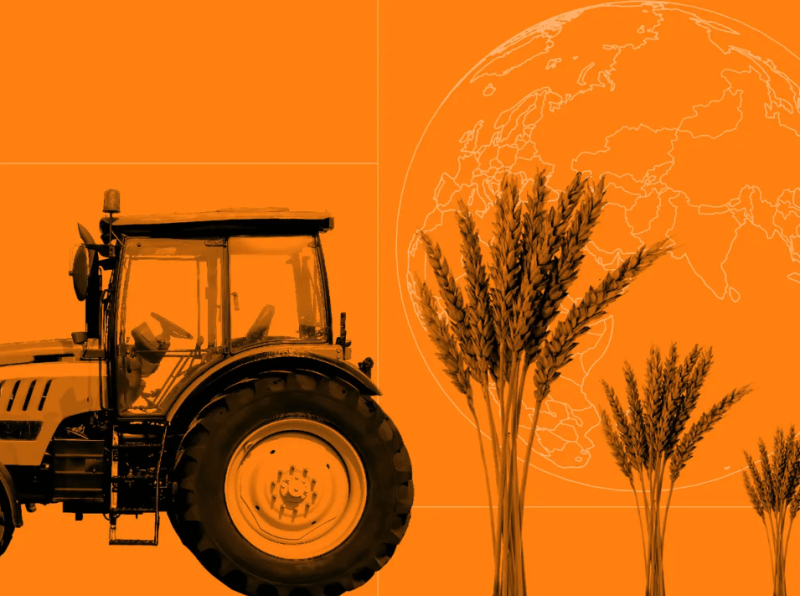I have often heard it said that intensive agriculture and biodiversity cannot be reconciled on the same piece of land.
That crop yield increases have coincided with declines in biodiversity on UK farmland cannot be disputed. However, I have the privilege of being involved with the Game & Wildlife Conservation Trust’s Allerton Project, a mixed lowland farm in East Leicestershire, where extraordinary things have been done to bust the food production versus nature conservation myth.
By re-purposing the less productive agricultural land and creating farmland bird friendly habitat, songbird numbers doubled while arable crop yields increased simultaneously. By managing the habitat as assiduously as they managed the crops both objectives were achieved.
And Allerton is not alone in its achievements, other sites have adopted highly targeted and specialised interventions to successfully restore populations of Lapwing, Curlew and Grey Partridge – the key to success being an interventionist approach by those on the ground, and there are similar recent examples for butterflies and moths.
With Government targets set at reversing biodiversity decline by 2030, having already missed the two previous Biodiversity and Habitat Action Plan targets, one might have hoped the lessons of the Allerton Project, and others, might have found their way into policy thinking.
When Defra announced that its new Environmental Land Management Scheme (ELMS) would include a visionary ‘Landscape Recovery’ (LR) tier and that the first pilot of the scheme would include a focus on water quality and the recovery of threatened species, we saw huge potential for the now 150-plus strong groups of ‘Farmer Clusters’ to put forward bids.
These Clusters of farms are already working collectively to achieve environmental improvements within catchments and landscapes, but without all the money needed to fund the ‘public goods’ they are delivering.
Here, then, is the opportunity to incentivise increased activity to benefit nature, and society.
As we worked our way through the LR pilot entry requirements it became increasing clear that for farmers to enter the scheme they would have to give up farming their land, excepting a few animals delivering ‘conservation grazing’. Of particular concern is the lack of policy focus, as re-wilding is an umbrella term and the lack of evidence that abandoning land management delivers in more than one situation and for more than a few species.

Consequently, we question whether land abandonment will help reverse the decline in biodiversity when our experience shows that the hand of man is needed more, not less.
We need look no further than the uplands to see what happens when ancient practices such as the controlled burning of heather and rough grass give way to abandonment; the surface fuel load increases resulting in catastrophic wildfires which burn not only the surface vegetation but also centuries of sequestered peat whilst destroying habitat and wildlife.
That farmers might even want to abandon their profession and culture to become a ‘re-wilder’ is also an unlikely assumption. And what of the other conservation work that farmers carry out within the landscape, for example hedgerow management and the provision of wildlife or pollen and nectar seed mixes, which need sowing and taking care of?
Research has clearly shown that a wildlife seed mix that is ‘farmed’ and then left for the birds to eat in wintertime produces ten times more bird food that one that is left to nature to grow. And might we ask what happens to Corn Buntings and Chaffinches when the corn and the chaff are no longer grown?

With 30% of the environment budget committed to Landscape Recovery we may well abandon land which could continue to be food producing and wake up in 10 years’ time to find we have wasted both money and time for no gain in the numbers of threatened species.
If it is a policy intention simply to transfer money from the former CAP from farmers and into nature reserves, with 70% of the land mass in England given over to farming then it won’t take too long to run out of land, curtailing landscape scale ambitions for biodiversity.
Dr Alastair Leake is Director of Policy (England) at the Game and Wildlife Conservation Trust (GWCT). He manages the ground-breaking Allerton Project R&D farm in Leicestershire, where the team have proven that by using science, high-yield agriculture and high levels of biodiversity can co-exist. He is a member of the Science for Sustainable Agriculture advisory group.
A version of this article was originally posted at Science for Sustainable Agriculture and is reposted here with permission. Science for Sustainable Agriculture can be found on Twitter @SciSustAg































